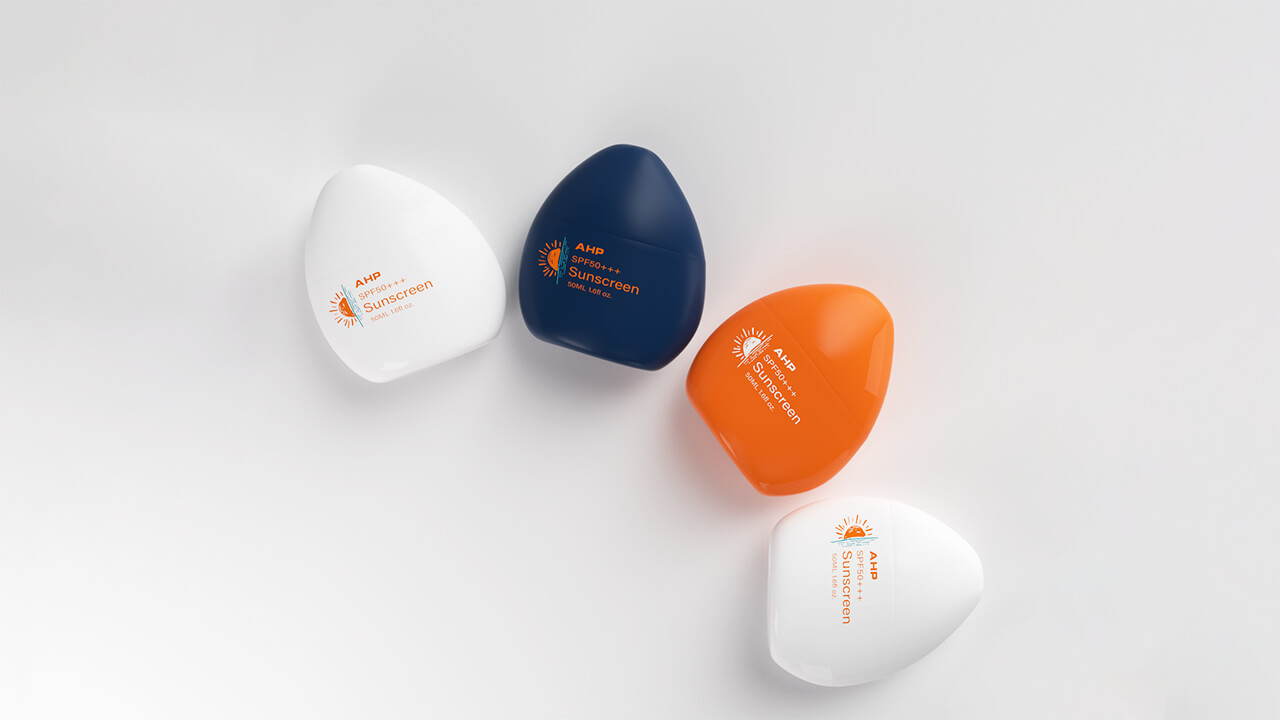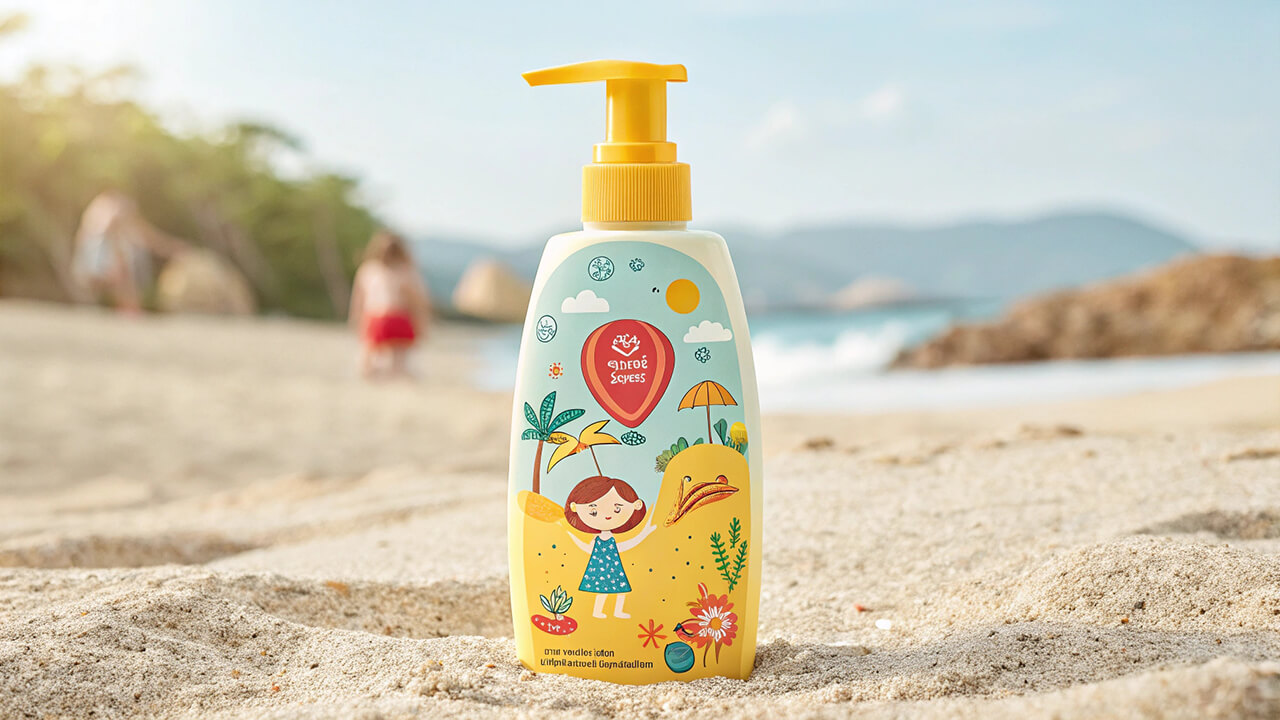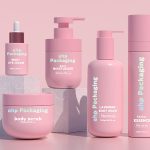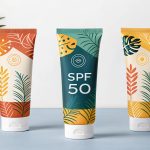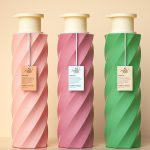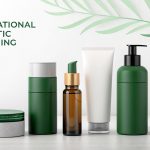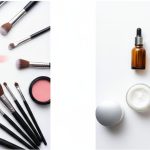Choosing the right suntan lotion bottle isn’t just about looks. For cosmetic brands, packaging directly influences product safety, usability, and market success. From sustainable trends to cost efficiency, your choice of bottle can make or break your sunscreen line.
The best suntan lotion bottle balances material, functionality, and consumer trends. Opaque containers like aluminum tubes or colored plastics protect against UV damage, while pumps and sprays improve usability. Sustainability is key, with eco-friendly and refillable packaging rising in demand. By considering sealing effectiveness, portability, and cost, cosmetic brands can select packaging that ensures product stability, aligns with consumer preferences, and enhances market competitiveness.
But how do you know which packaging option is truly right for your brand? Let’s explore key factors driving cosmetic packaging choices today.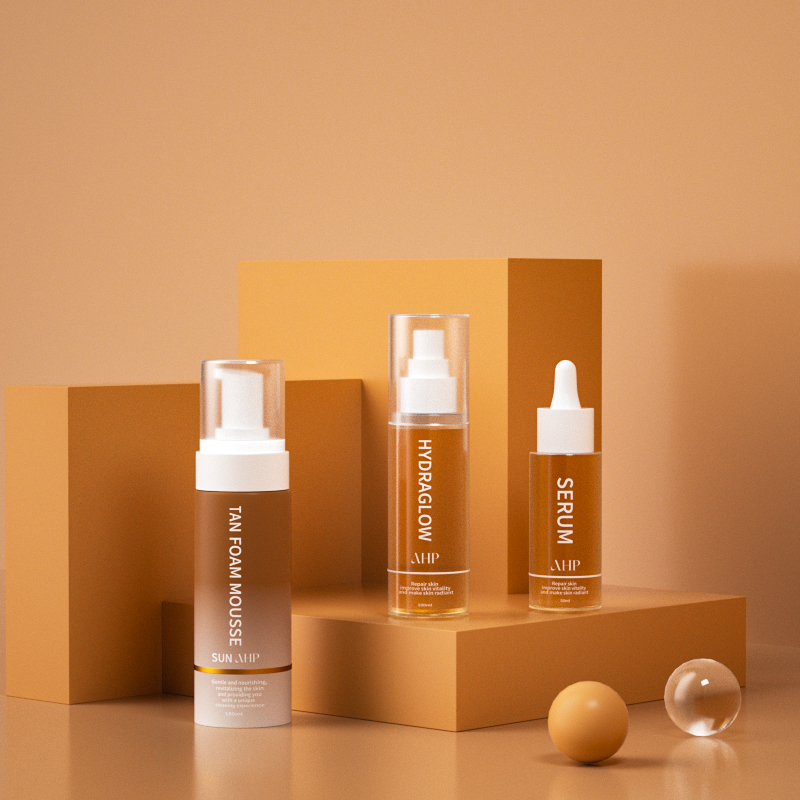
Outline
- 1 What Is the Best Packaging for Sunscreen?
- 2 Why Should Sunscreen Be in Opaque Bottles?
- 3 What Are the Latest Trends in Sunscreen Packaging?
- 4 How Does Packaging Affect Sunscreen Effectiveness?
- 5 How Can a Sunscreen Bottle Manufacturer Support Your Brand?
- 6 Is Sunscreen Stick Packaging a Smart Choice for Brands?
- 7 What Cost Factors Should Cosmetic Brands Consider in Packaging?
- 8 How Do Sustainability Trends Influence Suntan Lotion Bottle Design?
- 9 What Market Research Data Reveals About Consumer Packaging Preferences?
- 10 Summary
What Is the Best Packaging for Sunscreen?
When choosing packaging for sunscreen, material selection comes first. Aluminum tubes are popular for preservative-free or sensitive formulations because they are airtight and block light, which helps maintain ingredient integrity. Plastic bottles, especially high-density polyethylene (HDPE) and polyethylene terephthalate (PET), are cost-effective, lightweight, and customizable.
Beyond materials, convenience is a deciding factor. Pumps, squeeze tubes, and sprays each offer different user experiences. For example, sprays are favored for outdoor activities, while tubes work best for travel-friendly products. Ultimately, the best packaging balances product protection, consumer usability, and brand positioning.
Why Should Sunscreen Be in Opaque Bottles?
Sunlight and heat degrade active sunscreen ingredients like oxybenzone, avobenzone, and zinc oxide. Opaque packaging prevents this, ensuring product stability and safety. Research shows that UV exposure can reduce sunscreen effectiveness by up to 40% over time if not properly protected.
That’s why aluminum tubes, dark-tinted PET bottles, and coated plastics are industry standards. Clear bottles may look attractive on shelves, but they sacrifice performance. For cosmetic brands, opaque packaging is not just a design choice—it’s a scientific requirement for efficacy.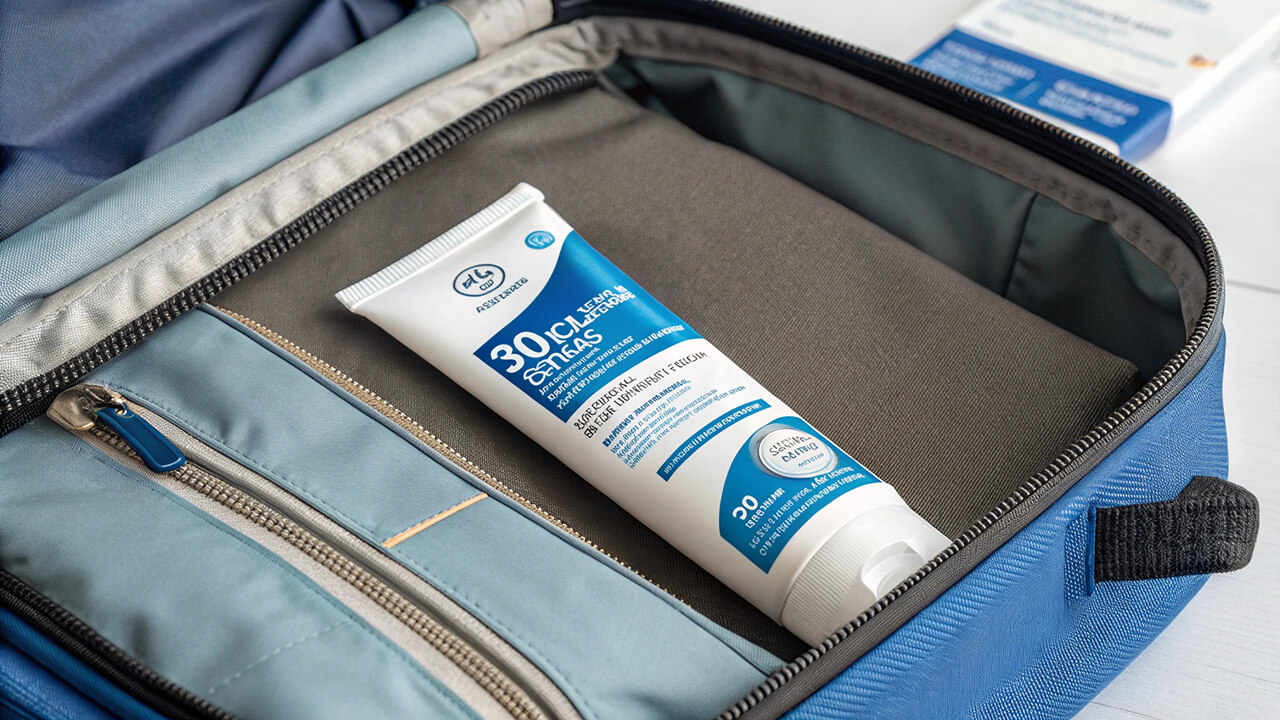
What Are the Latest Trends in Sunscreen Packaging?
Market trends are rapidly reshaping sunscreen packaging. Three stand out:
- Sustainability First – Refillable bottles, recycled plastics, and biodegradable materials are on the rise. Consumers increasingly seek eco-friendly packaging, and regulatory bodies encourage reducing single-use plastics.
- Travel-Sized Convenience – With more travelers buying smaller bottles for flights and daily carry, compact formats are in demand.
- Premium Experience – Brands are introducing sleek pump dispensers and airless bottles to project a luxury image while improving dosing accuracy.
Packaging is no longer just functional; it is a storytelling tool that aligns with lifestyle and environmental values.
How Does Packaging Affect Sunscreen Effectiveness?
Packaging directly influences product performance. Improperly sealed bottles allow air, bacteria, and moisture to enter, leading to contamination and reduced shelf life. Similarly, thin-walled or transparent packaging can cause ingredient breakdown.
For example:
- Airless pumps extend the lifespan of natural sunscreens without heavy preservatives.
- Multi-layer plastics prevent oxygen penetration, protecting delicate formulas.
- Sprays with fine mists encourage even coverage, boosting user compliance.
In short, the wrong packaging can render even the most advanced sunscreen formulation ineffective.
How Can a Sunscreen Bottle Manufacturer Support Your Brand?
Working with a reliable sunscreen bottle manufacturer ensures not only product quality but also brand consistency. A manufacturer can provide:
- Material expertise: Helping you choose between aluminum, PET, HDPE, or innovative bioplastics.
- Customization: Shapes, colors, and finishes tailored to your branding.
- Compliance support: Ensuring bottles meet FDA, EU, and ISO packaging standards.
For cosmetic brands, the right manufacturer is more than a supplier—it’s a strategic partner in product development.
Is Sunscreen Stick Packaging a Smart Choice for Brands?
Sunscreen sticks are growing in popularity, especially in Asian and Western markets. They are compact, spill-proof, and easy to apply without hands, making them perfect for on-the-go consumers.
For brands, stick packaging offers:
- Differentiation from traditional lotions and sprays.
- High margins due to premium positioning.
- Eco-friendly potential when paired with cardboard tubes or refillable cases.
 While not suitable for all formulations, sticks are an excellent add-on to diversify a sunscreen portfolio.
While not suitable for all formulations, sticks are an excellent add-on to diversify a sunscreen portfolio.
What Cost Factors Should Cosmetic Brands Consider in Packaging?
Packaging costs extend beyond the price of the bottle itself. Brands must account for:
- Material Costs: Aluminum is premium, while plastics are cheaper but less sustainable.
- Production Volume: Bulk orders significantly reduce per-unit costs.
- Customization: Special colors, embossing, or coatings raise prices.
- Logistics: Lightweight bottles lower shipping costs compared to glass or metal.
Market data shows that consumers are willing to pay 10–20% more for sustainable or premium packaging. Therefore, balancing upfront costs with long-term value is key.
How Do Sustainability Trends Influence Suntan Lotion Bottle Design?
Sustainability is no longer optional—it’s expected. A Nielsen report revealed that 73% of global consumers prefer brands with sustainable packaging. In the sunscreen segment, this translates into:
- Recyclable plastics like rPET (recycled PET).
- Refill systems where consumers buy a durable bottle once and refill later.
- Biodegradable materials made from cornstarch or sugarcane.
Brands embracing these trends not only attract eco-conscious buyers but also future-proof themselves against stricter packaging regulations.
What Market Research Data Reveals About Consumer Packaging Preferences?
Consumer insights highlight why packaging is a critical success factor:
- Convenience rules – 62% of sunscreen buyers prefer easy-to-carry bottles under 100ml.
- Trust through protection – 70% say opaque or airless packaging makes them feel more confident in product safety.
- Eco-consciousness grows – Sales of sunscreens in eco-packaging grew by 28% last year.
This data shows that the right packaging design doesn’t just preserve sunscreen—it drives purchase decisions.
Summary
Selecting the right suntan lotion bottle means aligning design, function, and sustainability. By focusing on consumer needs, cost, and eco-trends, brands can create packaging that protects products, builds trust, and boosts market appeal.
